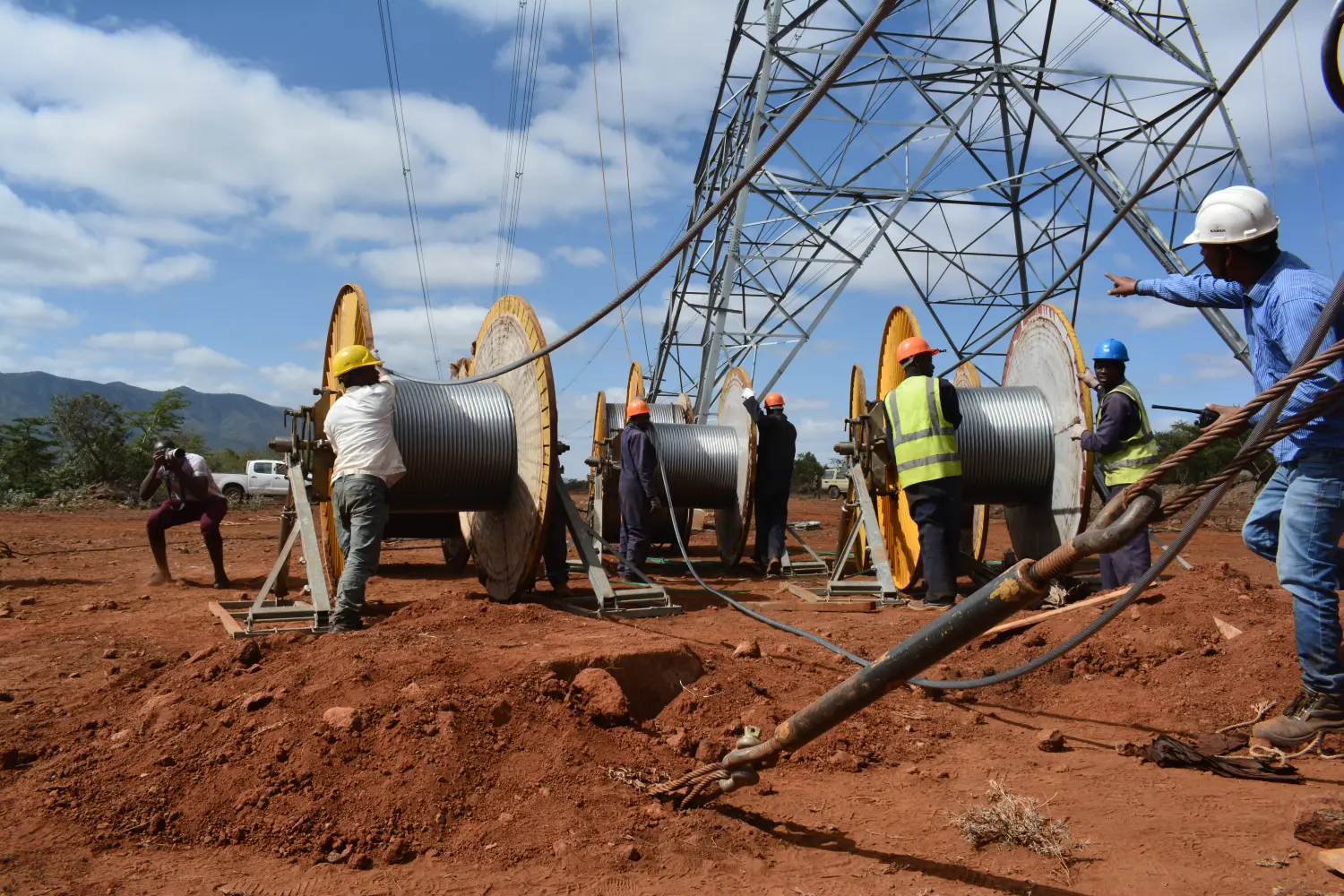News
Improved Electricity Transmission: Finance Corporation Advocates Regional Grid Integration

There is urgent need to pursue regional grid integration and private sector participant to boost electricity transmission in Africa.
This is the submission of the Africa Finance Corporation (AFC), the continent’s leading infrastructure solutions provider, in its most comprehensive and up-to-date picture of Africa’s investable capital landscape.
The report which revealed over $4 trillion of domestic savings in banking assets, institutional funds and reserves said regional grid integration and private sector participation in electricity transmission, would unbundle local assets and connect more areas with electricity.
The report noted that Africa—in contrast to other developing regions—has yet to see a single independent electricity transmission project, despite that countries like Angola, Democratic Republic of Congo (DRC), Tanzania, and Mauritania have become key interconnector markets that could enable countries with excess generation capacity to supply power to those facing deficits.
“Under-investment in African energy is stark”, the report states, adding that “In 2024, Africa added just 6.5 GW of grid-connected capacity from all sources—compared to over 18 GW from renewables alone in India.
“Installed power generation per person has stagnated in Africa while more than doubling in India since 2008, highlighting the widening gap in energy access and industrial potential”
The AFC report calls for targeted policy reforms, financial innovation, increased use of risk-mitigation tools, and the creation of financial structures—such as pooled funds or investment platforms—to reposition African institutions at the heart of the continent’s infrastructure transformation.
It said as part of the process of identifying investment opportunities, there would be need to shift Africa’s energy narrative—from small-scale access to large-scale, interconnected power systems capable of driving industrialisation, digital sovereignty, and climate resilience.
In contrast to the under-investment in energy, the SAI Report spotlights the emergence of a new rail infrastructure cycle, signaling renewed momentum across Africa’s transport landscape. From east to west and southern Africa, a growing pipeline of railway projects.
“Under-construction and planned lines total over 7,000 km, potentially doubling the pace of rail expansion in the decade ahead.
“To showcase this renaissance, AFC has launched the first-ever Digital Map of African Railways—a dynamic, interactive platform that provides real-time insights into the continent’s rail corridors.
“The tool aims to enhance project visibility, foster investor interest, and support coordination along key transport and trade corridors”, the report says..
Industrial Value Chains
The report further identifies steel, fertilizers and oil refining as Africa’s three most important strategic industrial inputs—currently dominated by some $300bn of annual imports but ripe for domestic value addition.
READ ALSO: Electricity Distribution Companies: FG Releases Worrisome Report
READ ALSO: Meter Tampering: Electricity Regulatory Agency Hikes Reconnection Fees
As a result of local production shortfalls, Africa currently consumes just 24 kg of steel per capita, compared to a global average of 219 kg, and 23 kg of fertilizer per hectare, versus 140 globally. Notably, the ore-to-steel supply chain represents a major untapped industrial opportunity—but realising its potential will require connecting expanding iron ore supply centres in West Africa with processing hubs and growing consumption markets across the continent.
Commenting on the findings, Samaila Zubairu, President & CEO of Africa Finance Corporation, said: “This report provides a practical roadmap for how Africa can channel its significant financial strength into the infrastructure needed to drive industrial transformation—from scaling electricity supply to revitalising rail and building up strategic industries like steel and fertilisers.
“The tools exist. The capital is available. What’s needed now is coordinated action to unlock it”, he added.















